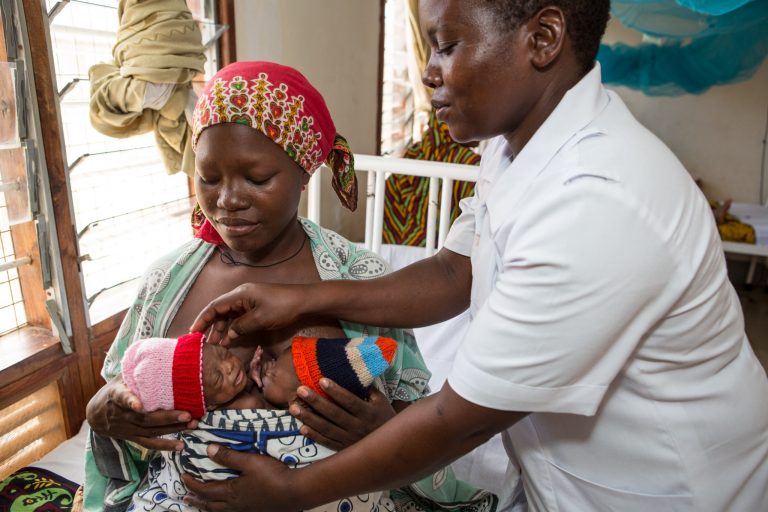This year marks the 30th anniversary of the Safe Motherhood Initiative and there is much to celebrate. Maternal deaths globally have decreased by 44 percent since 1990. Latest estimates show that most women have access to maternity services, with 85 percent of women attending at least one antenatal care visit and 75 percent giving birth with a skilled birth attendant present. Yet very troubling inequities in access to quality health care persist across all countries.
Midwives from around the world came together last week in Toronto for the International Confederation of Midwives (ICM) Triennial Congress, and there were strong calls to do more to address the 303,000 maternal deaths that occur each year.
Comparatively little was said about the role of midwifery in reducing the 2.6 million stillbirths that occur each year or the 2.7 million newborn deaths. Yet half of all stillbirths and a quarter of all newborn deaths occur around the time of birth and are directly related to the quality of care a mother receives during birth. Evidence shows that access to competent, qualified midwifery services could prevent a third of stillbirths and 70 percent of newborn deaths.
Most stillbirths and newborn deaths take place in the care of a midwife, who may also be the only healthcare provider available to support a grieving family after the death of a mother or baby. Midwives are often the primary healthcare providers for families as they care for premature, small, or sick babies. It is thus a lost opportunity that stillbirths and newborns were not given equal weight during high-level plenaries at the ICM Congress.
The Lancet Midwifery Series (2014) defines midwifery as “Skilled, knowledgeable and compassionate care for childbearing women, newborn infants and families across the continuum throughout pre-pregnancy, pregnancy, birth, postpartum and the early weeks of life.” The health and survival of women and their babies are inextricably linked. A coordinated and integrated approach promotes greater efficiency, lowers costs, reduces duplication of resources, and maximizes health and survival outcomes.
The investment case is strong: the returns include not only averted deaths (maternal, newborn, and stillbirth), but also improved child neurodevelopmental outcomes and reduced maternal morbidities. By ending these deaths and improving health and development outcomes, we could generate as much as a 25-fold return in economic and social benefits by just focusing on interventions preventing stillbirths.
The commitment to the Sustainable Development Goals includes the unfinished agenda for maternal and child health as well as many other priorities. No moment in the care continuum better unites the mother and newborn more than the obstetric care that prevents intrapartum stillbirths, maternal deaths and early neonatal deaths. But persistent fragmentation and competition within the maternal and newborn health community threaten our ability to address the burden of deaths and disability that occur around the time of birth.
We must unite forces under the banner of Quality, Equity, Dignity as envisioned by the Every Woman Every Child Global Strategy for Women’s, Children’s and Adolescents’ Health. This initiative aims to half maternal and newborn deaths and stillbirths in health care facilities within five years across participating countries. Sustained attention and investment in midwifery services and complete respect for the mother-baby dyad must be increased to achieve this ambitious target.
It is time we acknowledge the full burden of mortality and morbidity around the time of birth as well as the full potential of investment in preventing these outcomes. Let’s change the dialogue: no mother or baby should die from complications of pregnancy or around the time of birth.
 Blog by Mary Knney
Blog by Mary Knney
Mary Kinney is the evidence and advocacy senior specialist for Save the Children’s Saving Newborn Lives project.
